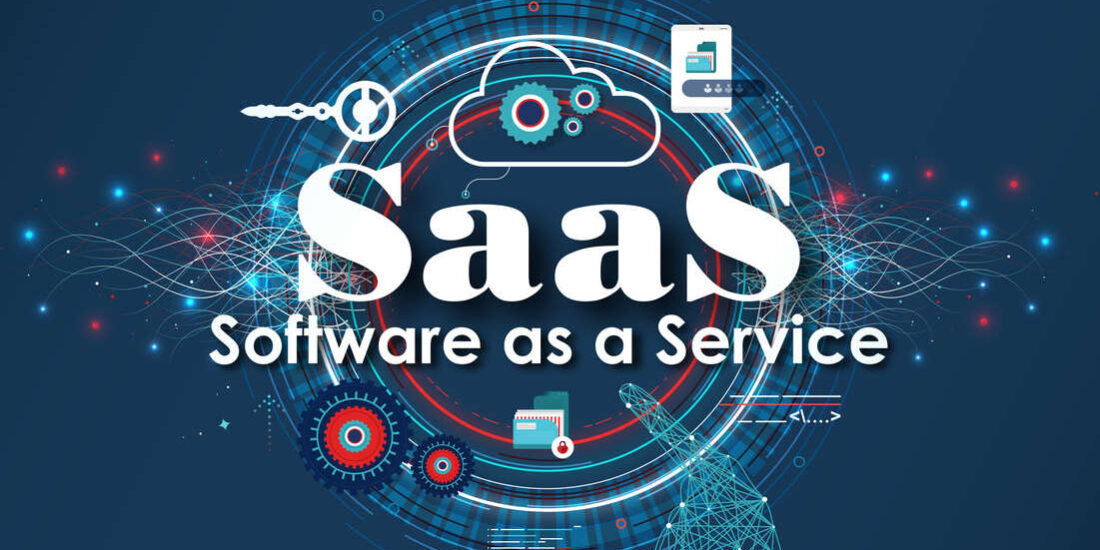Information Technology (IT) in the 90s was very much about transforming paper-based records to electronic records on a desktop. Nowadays, we see the emerging technologies such as 5G, 6G, cloud, self-autonomous vehicles, drones, internet of things (IoT), digital twins, blockchain, quantum computing, robotics, artificial intelligence, machine learning are growing exponentially.
These emerging technologies usually intermix with both information technology (IT) and operation technology (OT) and many of the IoT devices are not limited to a computer. IoT devices come in different forms and shapes. One of the challenges faced by Business Analysts is that the IoT doesn’t have the traditional user interface displayed on a computer screen showing the functionality of the systems.
This has made it harder to visualise how the requirements turned to solutions as the functionality is hidden behind the devices. Understanding of the emerging technologies such as what they are, how they are used, who uses them etc. is the key when it comes to gathering business requirements.
Business Analysts need to have the acumen to support the emerging technologies and must be equipped themselves with such knowledge to deal with the increasing complexity and the higher frequency of changing requirements as both have posed a challenge for the Business Analysts to meet the programme and project management’s expectations.
UML, BPMN, SysML
Given today’s rapid and continuous business and technological change environment, the traditional business analysis skill set such as the Unified Modelling Language (UML) and Business Process Modelling & Notation (BPMN) may not be sufficient to model the complexity of the emerging technologies such as IoT devices fitted with intelligence sensors and actuators. Therefore, the ‘modern’ Business Analysts also need to acquire, if they haven’t done so, the System Modelling Language (SysML) which is an extension of UML, provides more powerful diagrams to model complex systems.
Integration
It is not financially viable to throw away all the existing systems and to replace them with new technologies therefore, organisations tend to add new technologies to the existing technology portfolio.
The mixture of existing and emerging technologies has posed compatibility and interoperability issues. Business Analysts must know how to capture the requirements around integration between the existing and new systems including functional, infrastructure and data integration.























